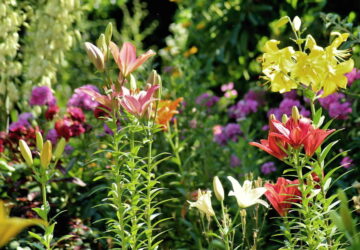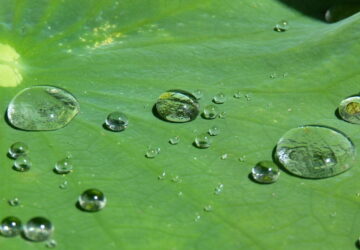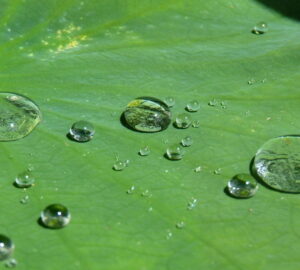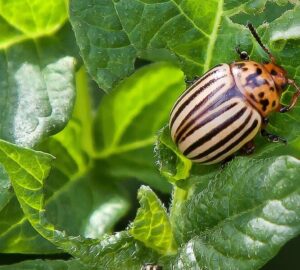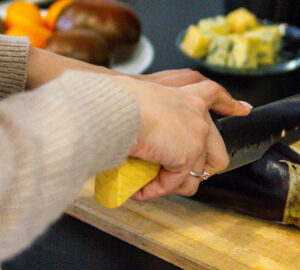Sowing seeds may seem straightforward, but it’s not always without challenges. Sometimes, we wait in vain for germination, or our young seedlings collapse mysteriously. What could be the cause of these issues?
Let’s explore the most common mistakes gardeners make when sowing seeds—and how to avoid them!
1. Seeds Fail to Germinate
If weeks pass with no signs of life, consider the following factors:
- Is the soil too dry? Seeds require consistent moisture to sprout. The best approach is to mist the surface several times a day using a spray bottle. If germination has begun, be careful not to overwater—young seedlings have delicate roots and don’t require excessive moisture. A frequent mistake is sowing seeds in waterlogged soil, which can suffocate them.
- Were the seeds planted too deep? Some plants need light to germinate, while others require darkness. Light-dependent seeds, such as tomatoes, lettuce, romaine lettuce, carrots, celery, and cress, should only be lightly covered with soil. In contrast, seeds like cucumber, zucchini, eggplant, and squash require deeper sowing. Always check the seed packet for specific planting depth recommendations.
- Is the temperature suitable? Different plants have specific temperature needs for successful germination. Most vegetables sprout best at room temperature, but some, like eggplants, peppers, cucumbers, and melons, prefer a warmer range of 25–28°C (77–82°F). After germination, seedlings often thrive in slightly cooler conditions. A few cold-germinating plants, such as chives, require a period of lower temperatures to break dormancy.
- Are the seeds too old? Over time, seeds lose their viability, with each plant species having a different lifespan. If you’re sowing seeds from the previous year—or older—it’s wise to perform a germination test beforehand to ensure they are still viable.
Patience is key! Seeds of warm-season plants that mature in May should only be sown in March to ensure optimal conditions.
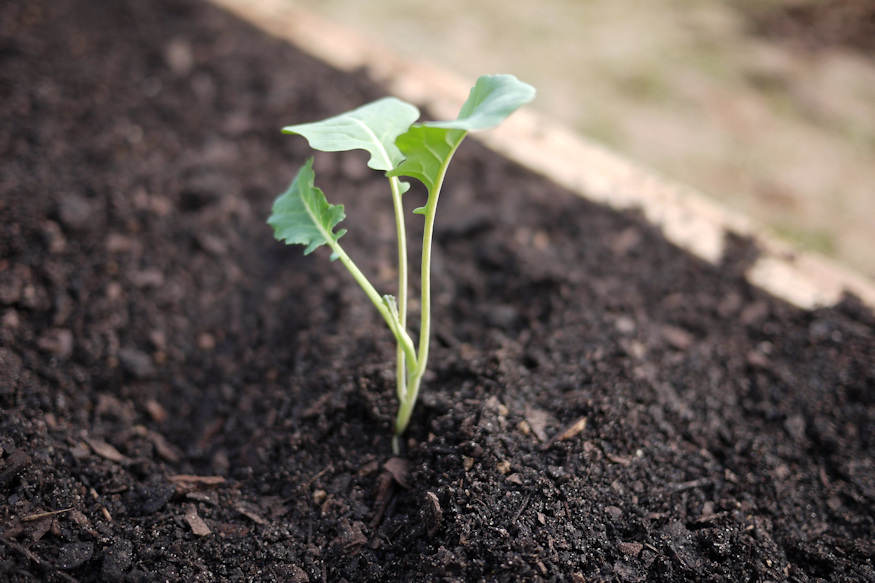
2. Seedlings Suddenly Collapse
If newly emerged seedlings wilt and fall over without warning, damping-off disease is likely the culprit. This fungal or bacterial issue is especially common in heat-loving plants such as tomatoes and cucumbers. To prevent it, ensure proper air circulation, avoid excessive moisture, and use sterilized seed-starting soil.
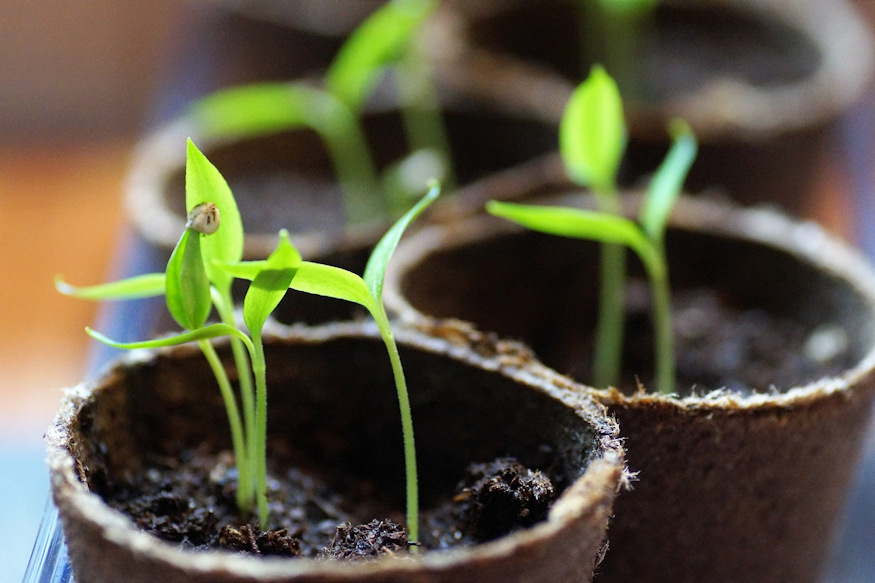
3. Weak, Spindly Growth
If your seedlings develop long, thin stems and appear weak, they may be suffering from insufficient light and excessive warmth. This problem frequently arises when seeds are started too early in the year, such as in February when natural light is still limited.
To prevent this:
- Place seed trays in a bright, but not overly warm, location.
- Follow the recommended sowing times on seed packets.
- When repotting, bury leggy seedlings deeper to encourage stronger stems.
For better germination success, sow multiple seeds per pot, but thin them out promptly. Overcrowding leads to competition for light and nutrients, stunting growth. The best time to thin is when the first set of true leaves appears.
4. Mold on the Soil Surface
Fungi thrive in the same warm, humid conditions that favor plant growth. If mold appears on the soil, improve ventilation and ensure proper air circulation. To further reduce the risk, sterilize seed-starting soil before sowing—steaming is an effective method.
By avoiding these common mistakes, you’ll give your seeds the best possible start, ensuring strong, healthy plants for the growing season ahead. Happy gardening!
